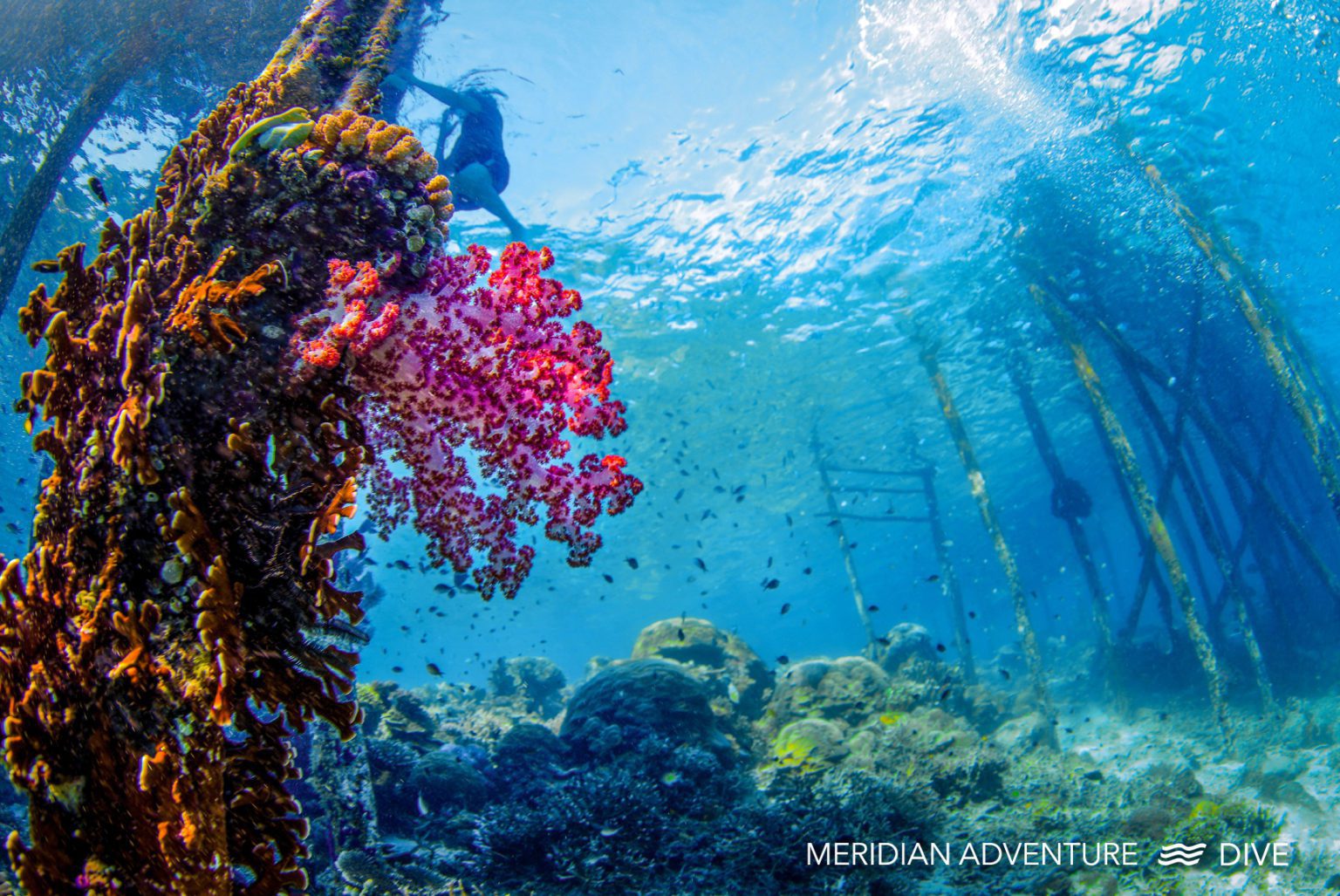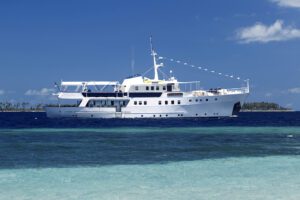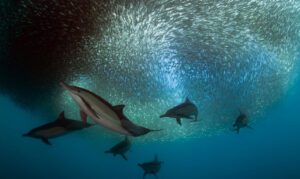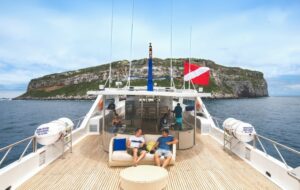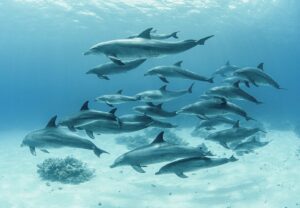Which setup is best when diving the most diverse scuba diving area in the world, Raja Ampat? Meridian Adventure Dive share their top tips divers can keep in mind when planning their Raja Ampat diving adventures.
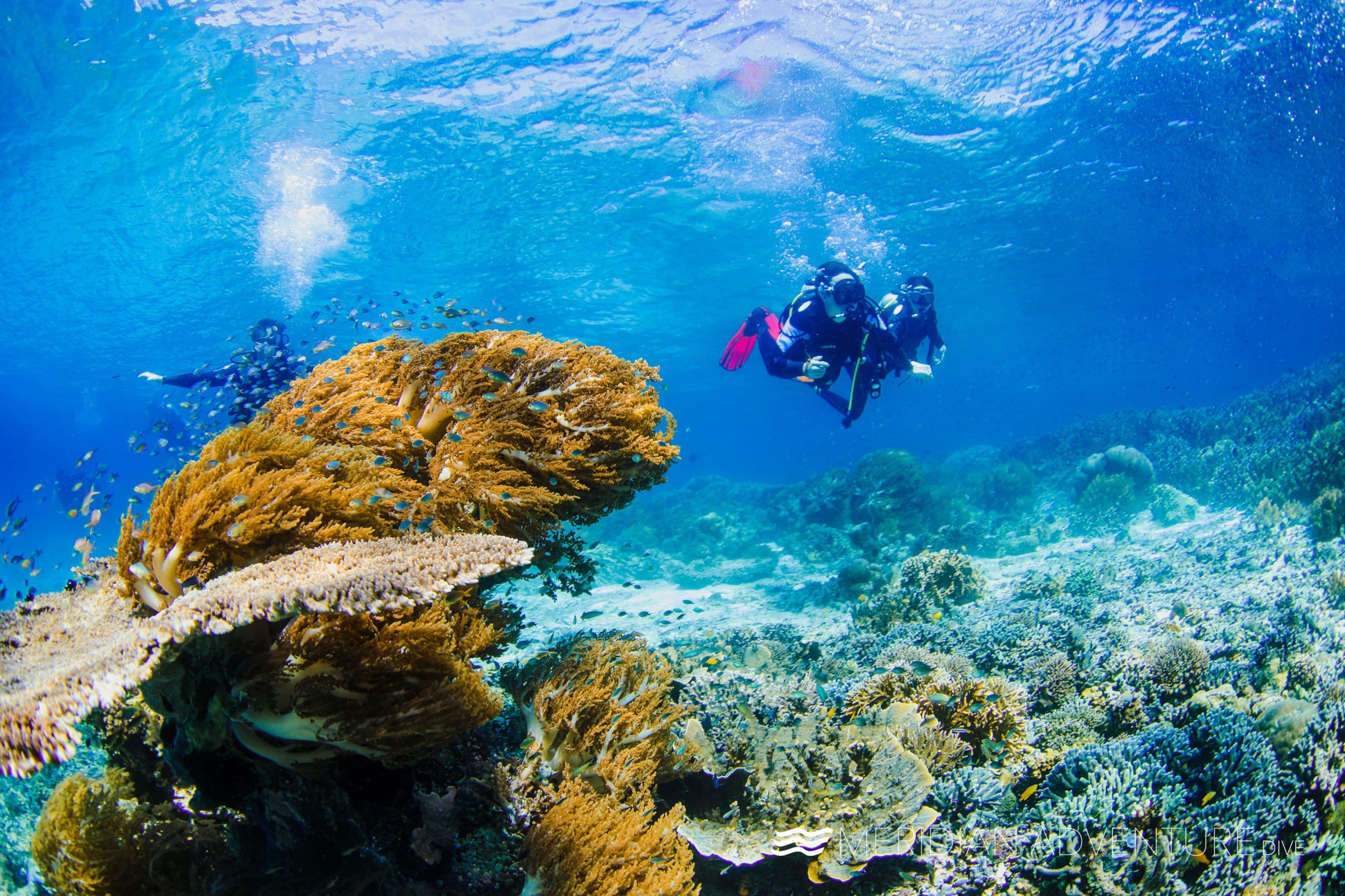
Photography can be a daunting hobby to get into… which brand?… what model?… which of the seemingly countless number of lenses and other accessories to add to your kit?… and then, there are all the settings and adapting to the moment.
While this all sounds like too much to a beginner to take in, with a little practice and patience it is possible to master it all. The same can be said for underwater photography. A hobby, and even a profession, that has become common even with divers of lower qualification levels.
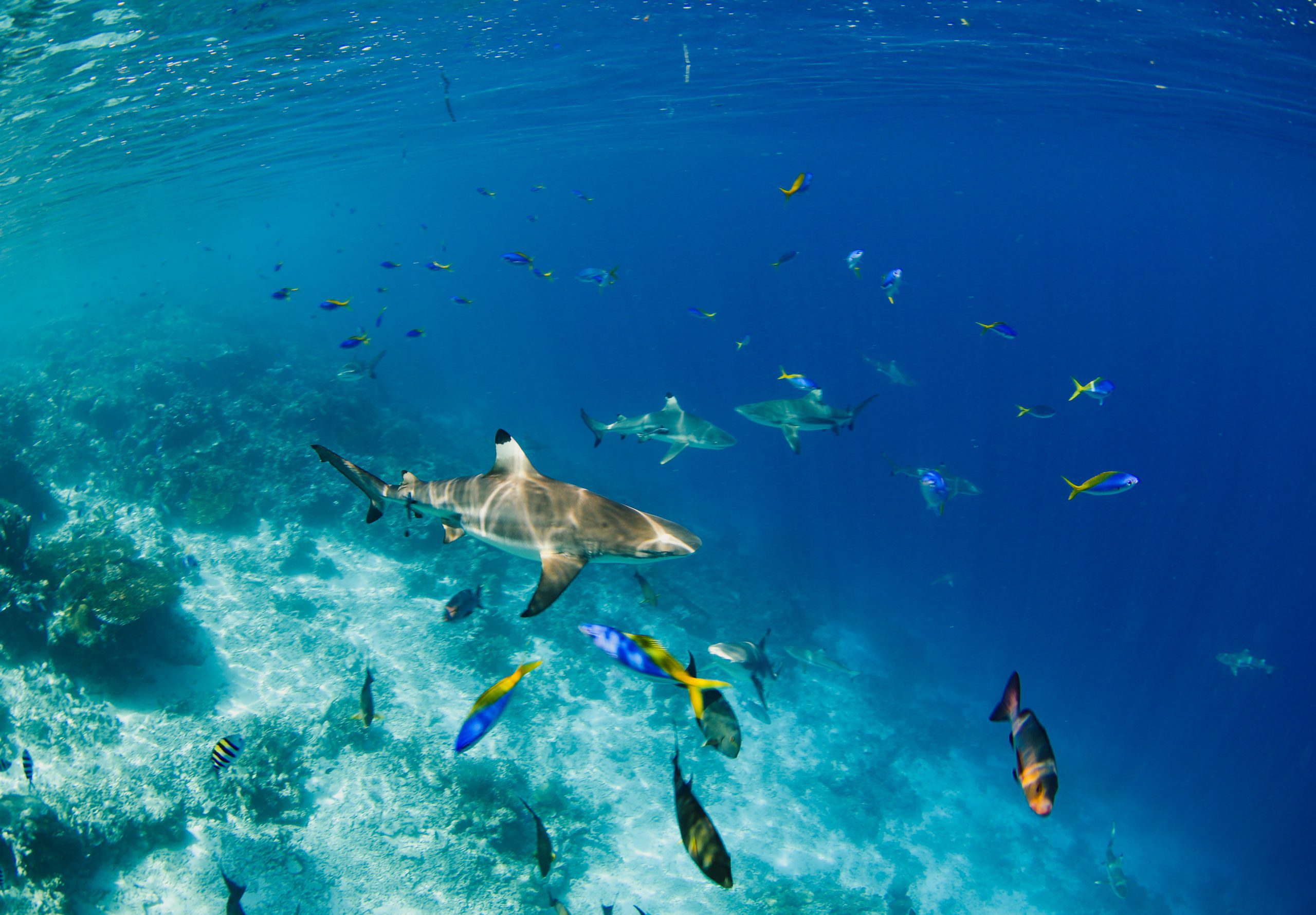
Now, while shooting on land gives you the opportunity to swap lenses and accessories easily, this is not possible with most underwater camera setups used by the amateur photographer. Divers are most often forced to decide on their camera and lens setup, before departing for their day of Raja Ampat diving. While changes can be made between dives, divers are often upset about a missed opportunity to photograph the large school of tuna they saw, because they were set up for micro shots.
Which setup is best for Raja Ampat diving?
While there is no right answer to this question, there are some considerations divers can keep in mind when planning their camera setup for the day.

1. Choose your photography preference.
First, and most importantly, do you have a preference of what photography you are most interested in? There are many that favour either macro or wide-angle photography. If you fall in this category, your day is much easier! Go with your trusted setup and just have fun. As with any wildlife photography, some days you might get lucky with that shot of the school of parrot fish and other days not.
2. Talk to your dive guide or instructor.
For those who are slightly less particular about their favourite photo style, or hope to capture the best the dive sites of the day have to offer, the most important thing is to communicate with your dive guide or instructor. Even though Raja Ampat is so diverse, certain dive sites are known to be better for macro photography while others have the potential for larger sightings.
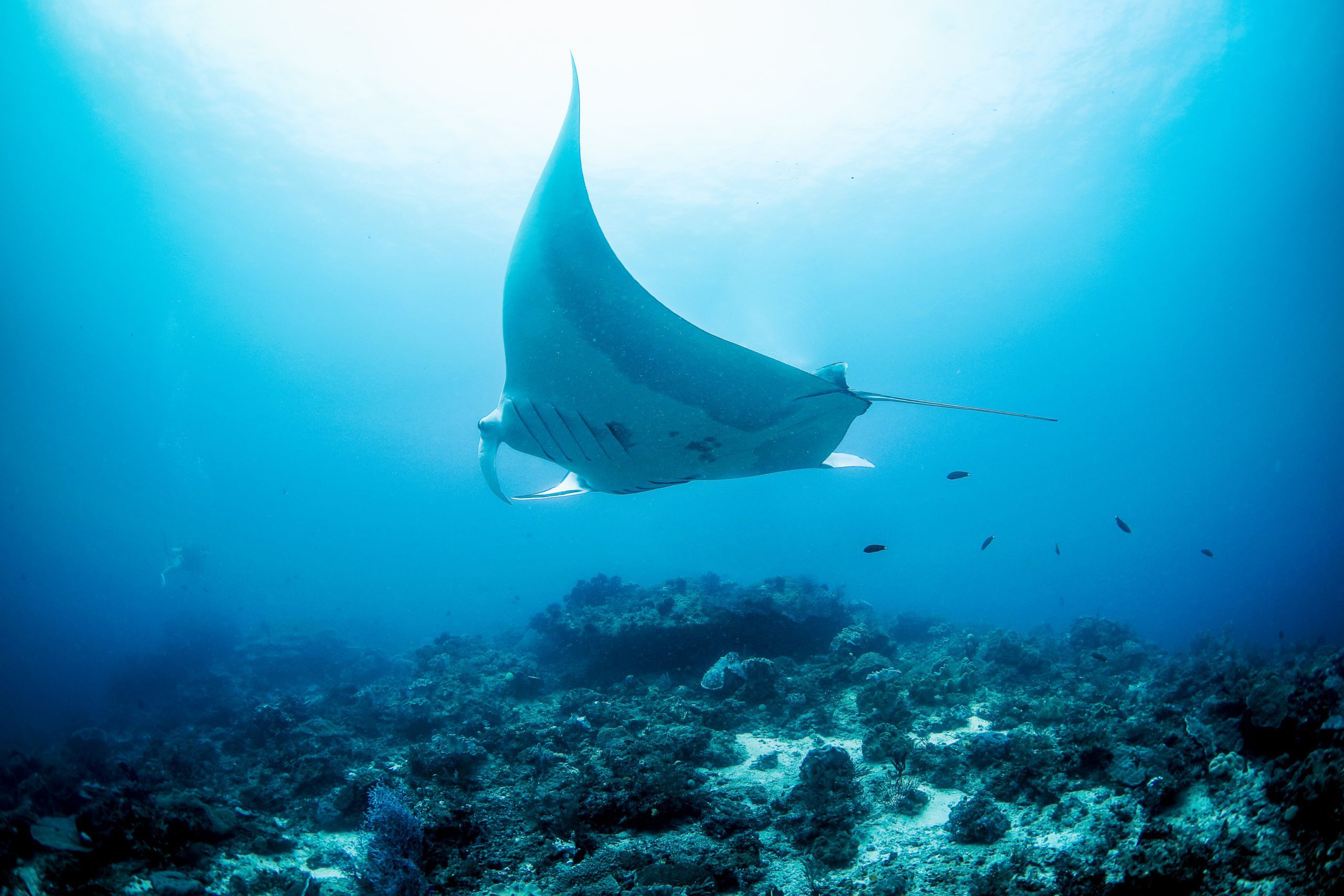
3. Choose the right dive season for you.
Raja Ampat diving conditions are favourable year-round, making it the ideal photography destination. Consideration should be given to the fact that during the summer months, of December to April, you are more likely to capture the incredible manta rays. More importantly are the prevailing tidal movements and currents on the day and the planned dive site. This is where communication with your dive professional becomes important. Dive professionals, such as the team at Meridian Adventure DIVE, have spent months perfecting visiting dive sites at the right time, so they are always to give you valuable tips on what conditions and sightings to expect on the day. Use their knowledge to your advantage.
4. Get to know Raja Ampat diving conditions.
In Raja Ampat, certain dive sites are known for their larger sightings like the manta rays, schools of barracuda, fusilier, surgeon fish and even sweet lips. These sightings are most likely on dive sites like Blue Magic, Cape Kri and Manta Ridge. While these are very well-known dive sites, on one day they might be full of life and a wide-angle photographer’s dream, while on the next day you won’t have the same opportunities.
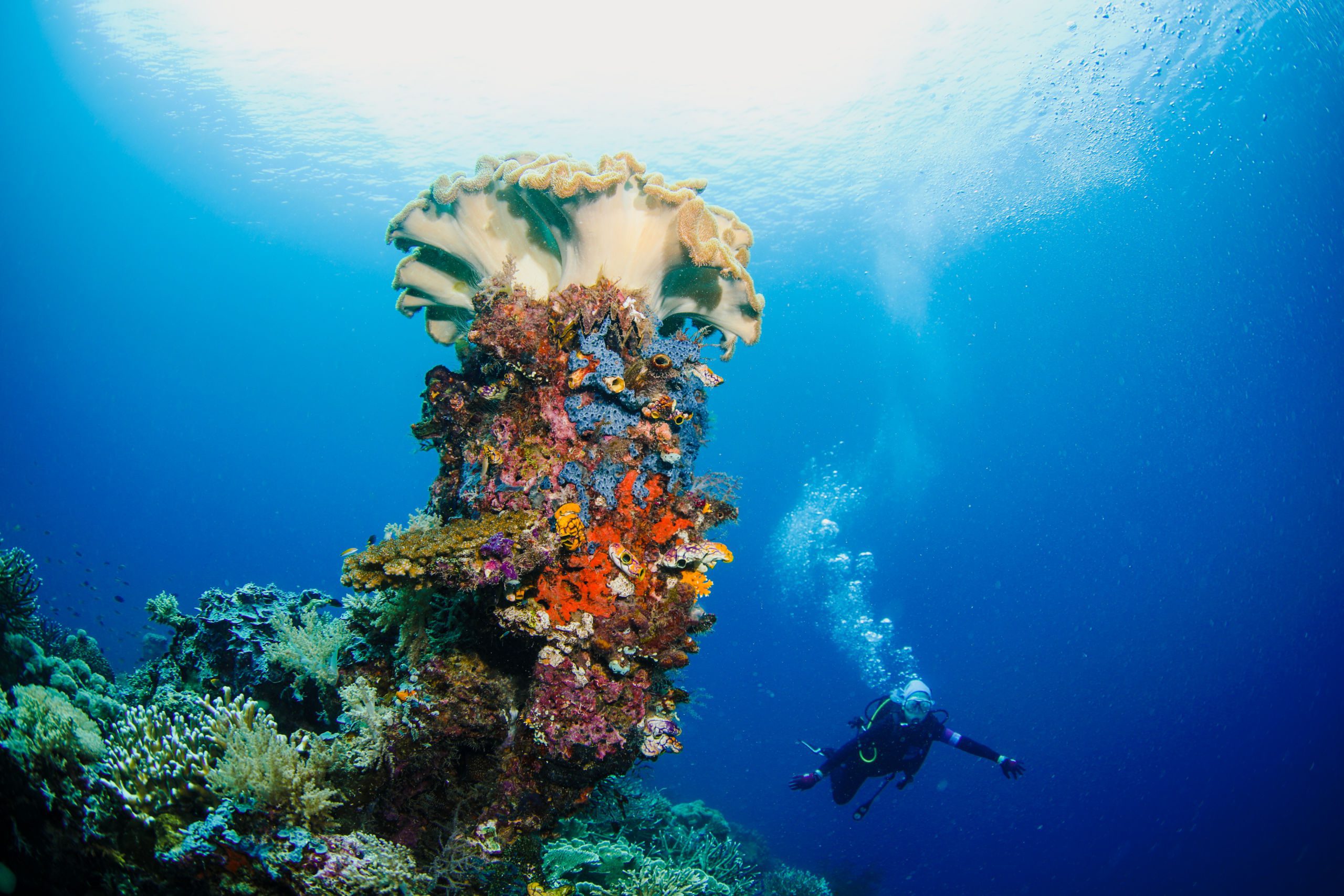
This is because of the tides and the effects they have on the currents in the area. Dive sites like these are best dived in medium to stronger currents, when the marine species use them as a highway to travel along. Often the sheer number of species, and the sizes of the passing schools, will blow you away. These dives can be slightly challenging under these conditions so be sure to keep your camera equipment safe and avoid damaging the reef.
On the other hand, many dive sites are absolutely alive with macro critters, begging to be captured on ‘film’. Raja Ampat is home to many of the rarest macro sightings known to divers, from the pigmy sea horse, hundreds of nudibranchs, and blue ringed octopus just to name a few. While you can find these on all the vibrant reefs in the area, it is important to dive the dive sites at the correct time.
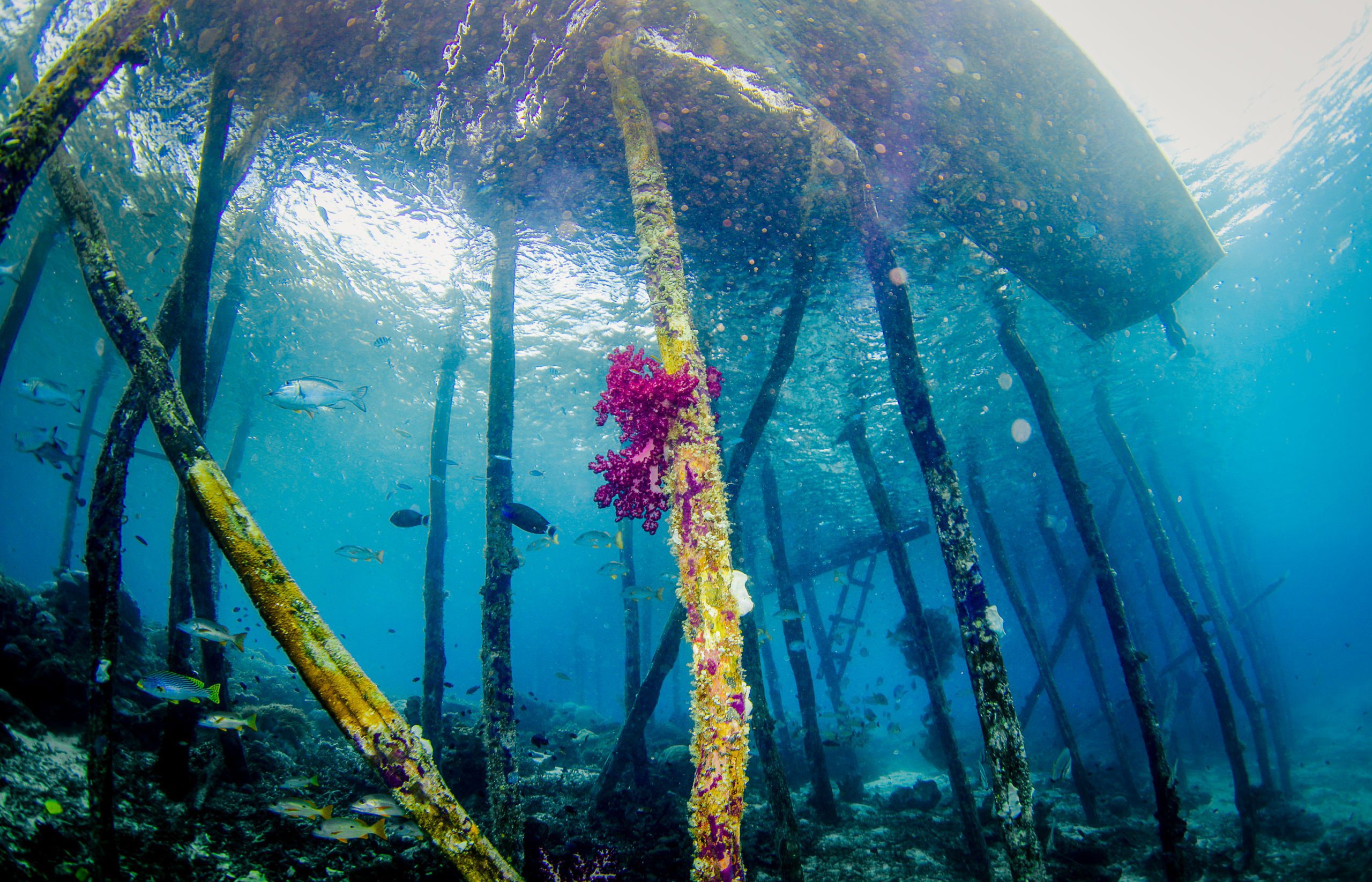
Macro photography requires patience, and easy diving conditions, to allow you to take your time to find these fascinating marine animals and frame them perfectly. Dive sites like Batu Lima (Five Rocks), Friwen Wall and Mioskon are great for macro enthusiasts. When dived during the slack periods between tides you are not dealing with currents and this allows you to really look under every nook and cranny. Make sure to give your dive guides, and other divers, a heads up that this is your goal for the dive so they can buddy you up with the other macro hunters.
5. Sit back and enjoy every dive!
When planning a photographic adventure in Raja Ampat, it is important to remember that it is impossible to capture all that you will see. You are better off planning each dive, making sure your setup is perfect for the potential sightings on the given day, and conditions. On the occasion, you spot a manta ray passing overhead while you were hunting for the pigmy seahorse, sit back and enjoy the experience rather than being upset that you were not able to get the moment on camera.
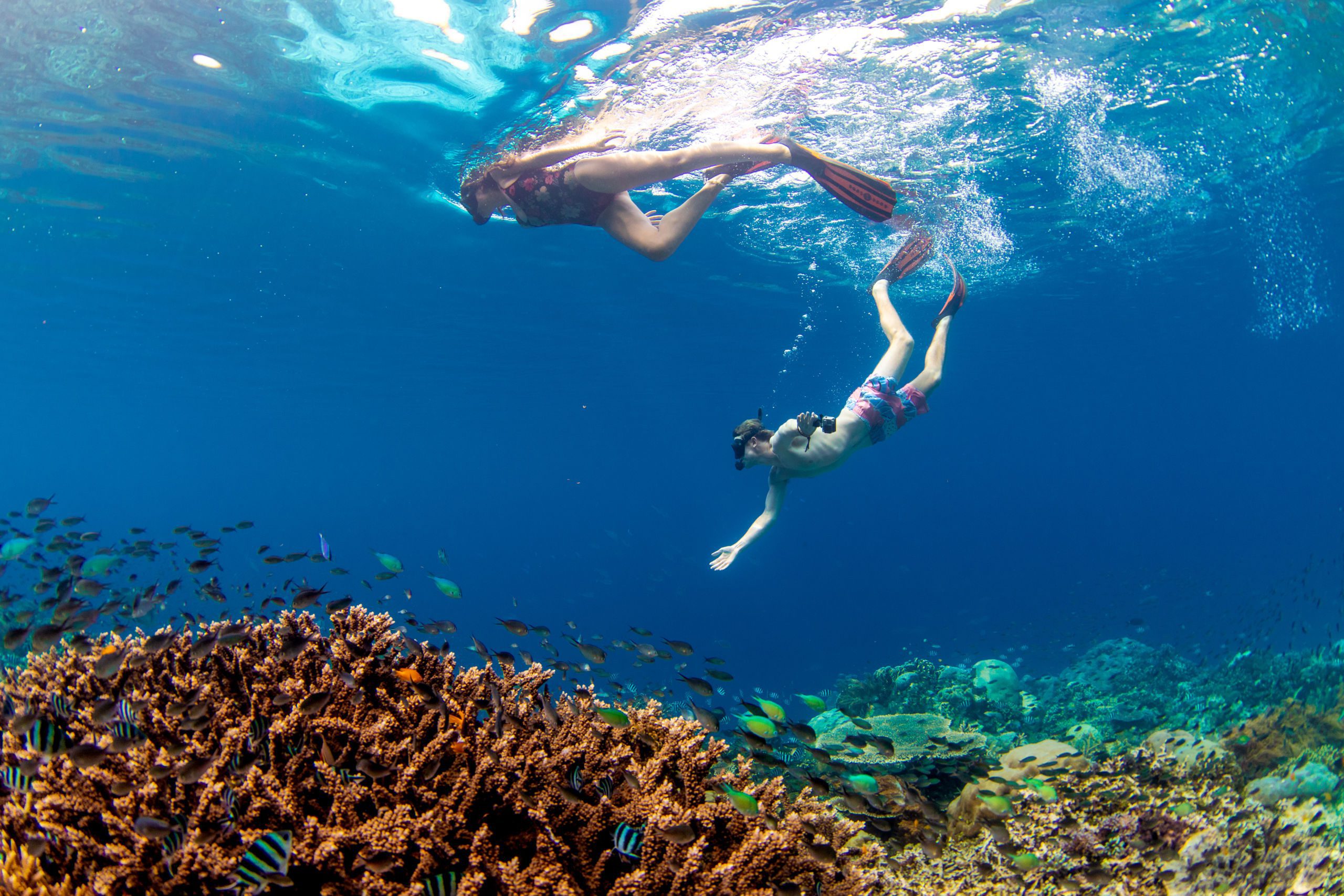
About Meridian Adventure Dive
Situated in Raja Ampat, Indonesia, Meridian Adventure Dive is a PADI 5 Star Resort and winner of the PADI Green Star award. Scuba divers enjoy our professional services that have become synonymous with both the PADI and Meridian Adventure names.
The sweeping spine of Indonesia’s archipelago is an underwater treasure trove and the Raja Ampat Islands are often overlooked. Diving Raja Ampat is one of Indonesia’s most captivating experiences. It is truly a paradise on earth.
Follow Meridian Adventure Dive on Facebook and on Instagram. Check out Meridian Adventure Dive on YouTube for more Raja Ampat diving highlights.
